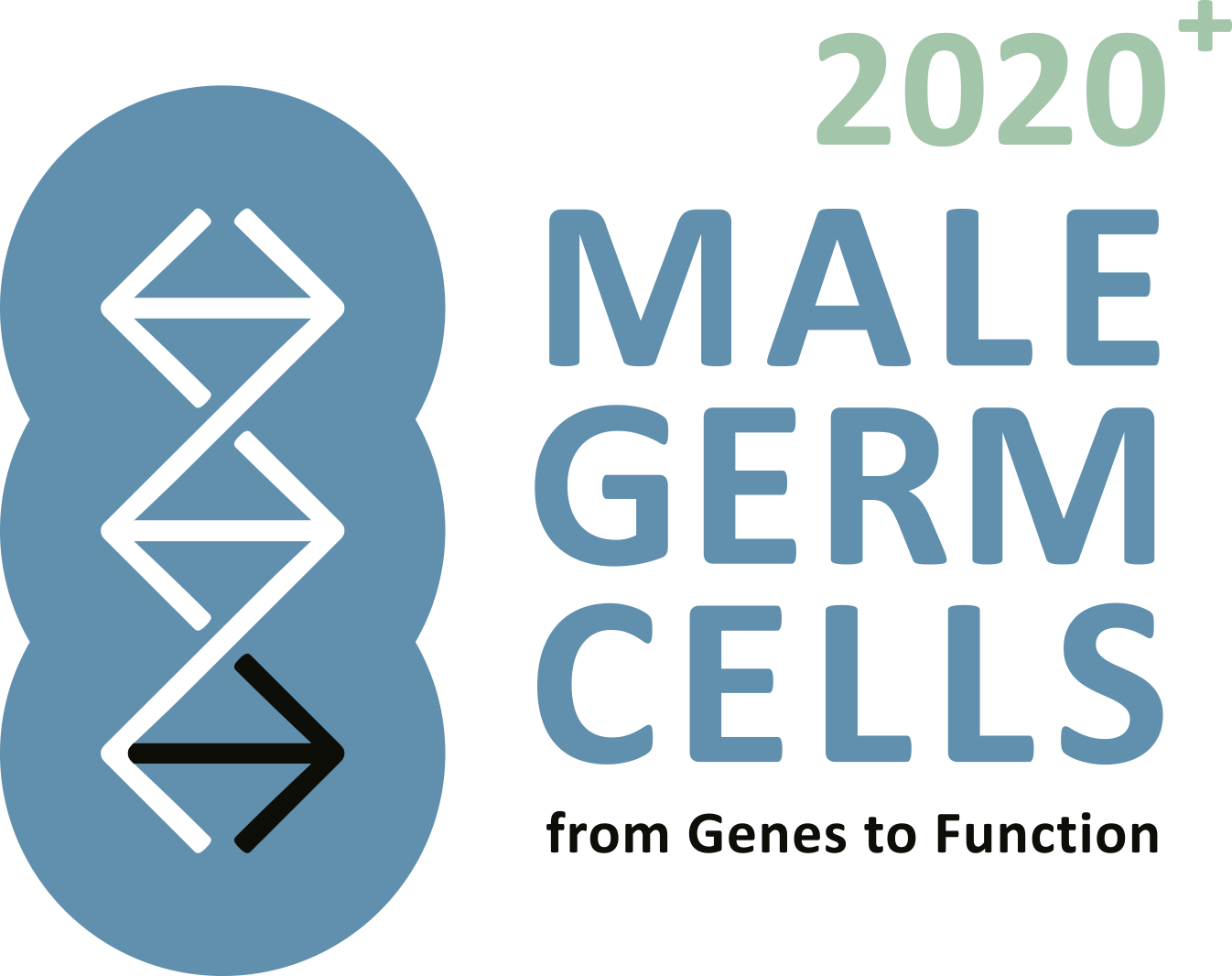P2: Maintenance of the germ cell fate by the RNA-binding protein Dead-end
P2 becomes P1 in the CRU renewal application 2020+.
Erez Raz, Institute of Cell Biology (Homepage)
The maintenance of germ cell fate is essential for germline development and thus for the formation of the gametes, sperm and egg. The task of suppressing differentiation into other cell types is especially challenging in the case of primordial germ cells, as in different organisms these cells migrate within diverse tissues types that undergo differentiation processes themselves.
We have previously identified a protein, Dead-end, whose function is essential for germline development in different vertebrate organisms. Indeed, mutations in this gene result in defects in spermatogenesis and can lead to the formation of teratomas, which are tumours containing derivatives of all three germ layers.
These findings thus suggest that Dead-end, a protein originally identified in zebrafish plays key general roles in the maintenance of germ-cell fate in vertebrates. Analyzing Dead-end function would thus make important contribution for the understanding of the molecular mechanisms controlling germ-cell differentiation and maintenance, mechanisms that ensure proper gamete production.
The work proposed in this application is aimed at determining the events characterizing the loss of Dead-end function at the cellular and molecular level. To this end, we will compare wild-type germ cells with germ cells lacking Dead-end function using live microscopy, to determine the effects on cell morphology and on sub-cellular arrangement of organelles and specific molecules. Furthermore, we will sort germ cells lacking Dead-end function and compare their gene-expression profile at different time points, with that of wild-type cells. This analysis will allow us to characterize the events cells lacking Dead-end undergo at the molecular level.
Molecules whose expression is correlated with lack of Dead-end function, will then be subjected to functional analysis in zebrafish. Orthologs for those genes will be identified in higher vertebrates, including human and initial characterization will be conducted, aimed at correlating defects in expression or mutations in these molecules with andrological disorders.


